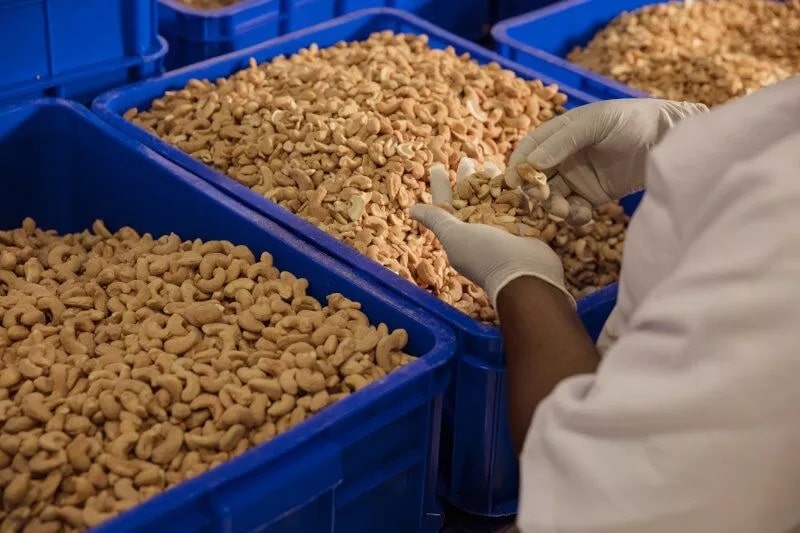How modern farming practices helped triple production of rice

Tractors help pump water at Kapunga Rice Plantation. Rice production has risen to five tonnes per hectare, from 2.1 tonnes in 2006. PHOTO| FILE
What you need to know:
This follows the adoption of modern farming practices that were transferred to out growers.
Dar es Salaam. Mbeya-based Kapunga Rice Plantation Limited (KRPL) has managed to increase rice yields in its own farm as well as among outgrowers from an average of 2.1 tonnes per hectare in 2006 to 6.5 tonnes in 2017 on the same piece of land.
This follows the adoption of modern farming practices that were transferred to out growers.
Prior to the move, the plantation conducted research to determine the impact of modern farming and how best to integrate small and large farmers in managing tilled land.
The research findings, which were published in the 2014/15 period, resulted in establishment of a pilot farm that yielded five tonnes per hectare.
KRPL farm manager James Mariki said that major improvements on the 2,800 hectare pilot farm saw a yield of 16,656 tonnes in 2016/17 from 735 tonnes in 2006.
“All farming activities, from farm preparation to pest management and harvesting, were done using modern machinery with the latest technology,” he said.
The practice was also transferred to outgrowers who were given an initial payment of Sh1.2 million for a 15 acre plot.
KRPL says it tills the plots, supplies quality seeds, fertilisers, pesticides, harvesters and provides necessary extension and irrigation services.
“Farmers participate in planting and managing the farm until harvesting season. After harvesting, KRPL takes 22.5 tonnes of harvests and leaves the remainder to the farmer,” he said.
Each 15-acre plot produces up to 40 tonnes, meaning that a farmer gets at least 20 tonnes as net harvest, he says.
This yield is bigger than 12 tonnes earned from traditional farming, which was not even enough to finance the costs of production.
KRPL says 1,165 hectares of land are cultivated by 98 small farmers while 290 others benefit indirectly. They have all generated 3,000 jobs for youths, Mr Mariki adds.
“We expect to improve yields to seven tonnes per hectare in a few years to come as we have allocated 300 hectares for seed nurseries,” he said.
The plantation has also constructed a new primary school at Site One suburb, thereby reducing the distance children walk to school.
The plantation also expects to complete the construction of a new dispensary at Mapogoro Village, costing Sh400 million whose completion is scheduled for April.
The farm has also set aside Sh20 million for a tap water supply project along Kapunga area and rehabilitated the Chimala police station, located about 26 kilometre from the farm.
The plantation coordinator Sunil Tayil said they acquired the farm in 2006 during which they rehabilitated the irrigation system.
According to Food and Agriculture Organisation (FAO) outlook for 2017, rice production in Africa exceeded the 2016 all-time high by 1 per cent to reach 31.1 million tonnes.
Prospects are also positive for Egypt, which compensate for contractions in Burkina Faso, Gambia, Niger and, especially Madagascar and Tanzania, where crops were impaired by erratic rains.




